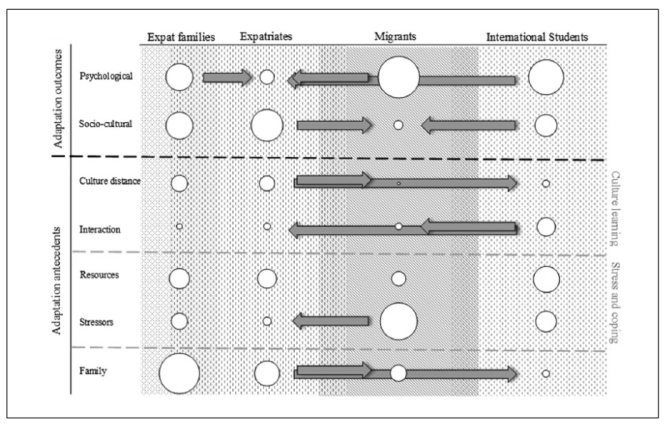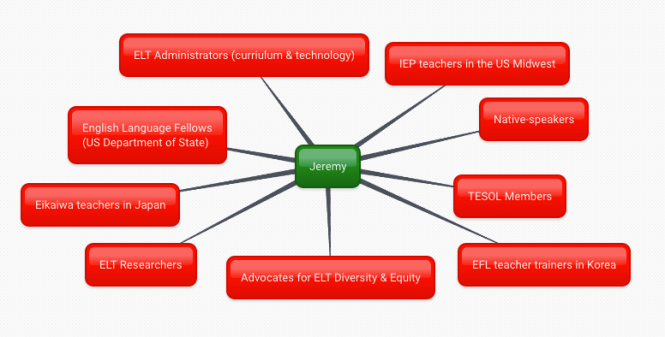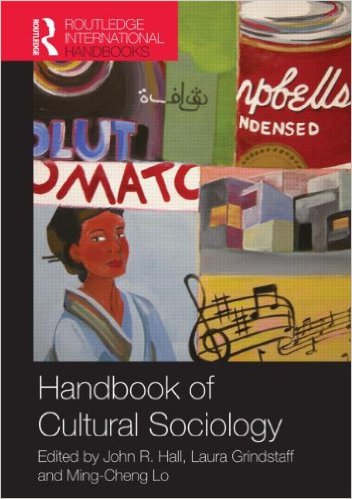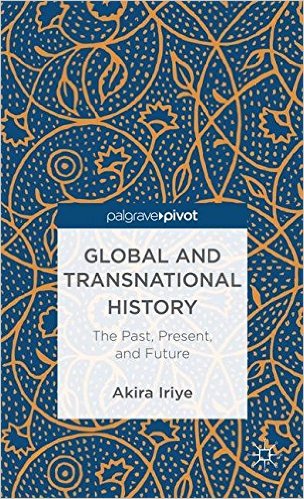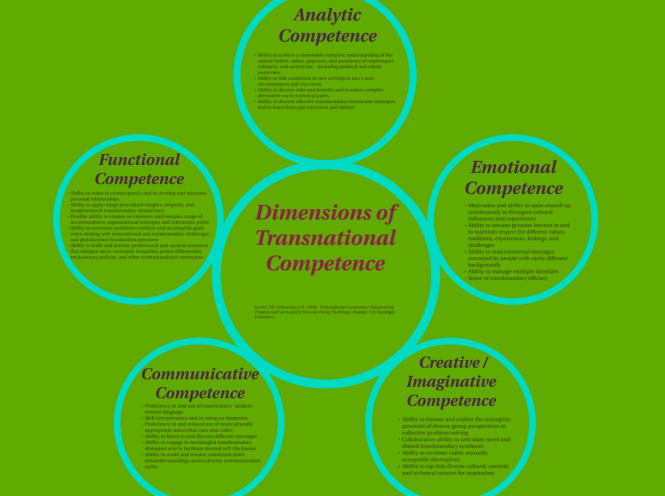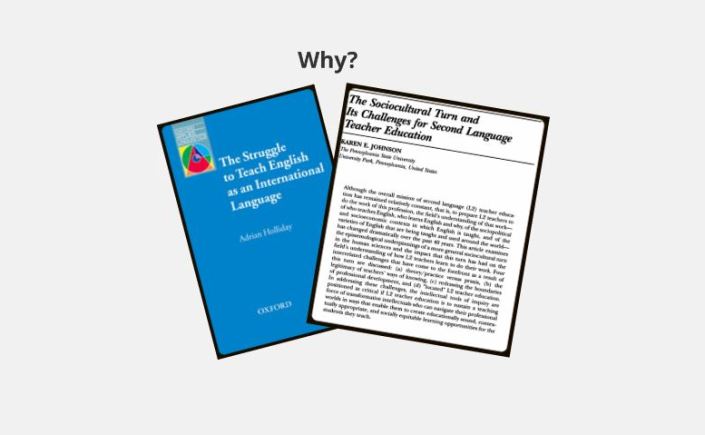Victor was a participant I recruited for my dissertation on sojourning ELTs, but I did not include his data for a number of reasons, one of them being that the amount of data I collected from his blogs and YouTube videos alone outnumbered the total number of data from the five participants included in my dissertation. Victor, the self-described “King of Morons” runs several YouTube channels, Gimmeabreakman and Gimmeaflakeman, the latter of which I investigated because he talked about his adjustment process of teaching English and living in Japan.
I’m writing about Victor now to demonstrate how much data or how many YouTube videos one English language teacher can produce. I collected data in the summer of 2013, so my data included most of his videos from April 6, 2009 to August 7, 2013. Within this timeframe, Victor published over 1,037 YouTube videos on Gimmeaflakeman. Around July 2012, I realized he was publishing a lot of sumo-related videos and so I stopped cataloging those videos at that point.
So let’s look at some basic descriptive quantitative data, shall we? In four years and four months (1585 days), Victor published at least 1,037 videos to one of his YouTube channels. These videos range from around five minutes to over an hour. If the average video is ten minutes long, which is a conservative estimate (possibly double that), then the total number of minutes would be about 10,370 minutes. That’s over seven days of continuously watching his videos. That’s a lot of transcribing!
Another approach is to analyze the list of 1,037 titles. I cataloged all these titles on a spreadsheet and quickly learned that most of them were about Japanese culture, mainly pop culture, or his reactions to other YouTubers, mostly in Japan, making disagreeable videos or statements about Japan. This is long before Logan Paul made international news for his disrespect.
I specifically looked for video titles addressing issues of adjusting to living and teaching English in Japan. After a thorough and duplicated search process, I found 40 videos that met my specifications. I then watched all 40 videos to determine how relevant each video was to my research questions about cultural adaptation. This process resulted in a three categories: very relevant videos (of which there were 17), somewhat relevant videos (18), and marginally relevant videos (5).
The 17 Most Relevant Videos
When I revisited his YouTube channel for the purpose of this blog post, I found that Victor had changed a few of his original video titles. For example, the first of the very relevant videos (from May 22, 2009) was titled “Racism in Japan (My Experience)” but it is now titled “Japan Racist? No!” The new title clarifies his position on the subject of racism, but it’s also less attractive as click bait. My first (and possibly incorrect) impression of Victor’s video titles several years ago was that they were baiting for clicks.
The shortest of these seventeen videos is “What do you need to become an English teacher in Japan” at 4 minutes and 57 seconds, found below.
It’s from August 28, 2012, and he speaks with some authority because he has been an English teacher in Japan for a couple of decades and he runs his own English school, where he has hired English teachers from abroad. If you choose not to watch the video, he shares his impressions of the institutional cultures that English language teachers find themselves in. What I mean by institutional cultures is the expectations they have for sojourning ELTs as well as the respect the institutions and the teachers give or do not give each other. This example is less typical than most of his videos in that he stays on topic. In many videos, he often goes off topic, especially with guest vloggers. It’s also less typical because it’s under 5 minutes long.
To contrast this, here is his longest of the 17 most relevant videos from February 6, 2013:
This video is likely the most relevant video as the title addresses my research interest directly. I believe this may have been the video that I found when selecting participants for my dissertation via social media. The video features several guests, including Hikosaemon, who is another prolific YouTuber in Japan. Hikosaemon and Victor often produce videos together and publish some of Victor’s YouTube channel and others on Hiko’s channel. These multiple perspectives are both enriching for the subject matter but they are also distracting as you will see that they often digress.
After watching several of these videos, I found Victor and Hikosaemon to be culturally informative co-hosts because of their contrasting viewpoints and working environments. However, I do not believe they represent all or most sojourning ELTs in Japan. They may better represent what they sometimes refer to as J-vloggers, people in Japan who create videos about Japan. Victor helped me learn about this very loosely organized group of people, both Japanese and non-Japanese.
Besides these three videos, the other fourteen videos cover topics such as Victor’s rationale for moving to Japan, expat loneliness, a tour of his school in Nagoya, tips for newcomers, discussions about living in Japan, bad teaching scenarios, compare/contrast to teaching English in Korea, and non-native English speaking teachers. These seventeen most relevant videos add up to about 7 hours and 35 minutes of total viewing time. That’s still a lot of videos, but 7 hours is much more manageable than 7 days. This blog post is just a small sample of my analysis.
Victor, A Case Study?
After completing my dissertation, I thought about writing a case study about him. From an anthropological viewpoint, I think there is a lot to draw from Victor’s YouTube videos and how they relates to several theories on globalization and online media theories. As a PhD student, I took a few courses in cultural anthropology and communications, but I need to dive deeper in these areas to conduct a well grounded anthropological case study.
But what can English language teachers and researchers and applied linguists learn from a case study on Victor? His channel provides longitudinal data mostly on his identity as it relates to living in Japan and being a prolific YouTuber. However, the data on teaching English and teacher identity is sparse compared to videos about his comments and reactions to Japanese and American popular culture. A case study like this may be helpful for English language teachers who want to teach abroad for an extended period of time, making them less of a sojourner and more of an immigrant. But it probably won’t be helpful for teachers wanting to learn more about pedagogy and professional development.
Victor is just one of many YouTubers who teach English in Japan. I wrote this blog post about him because I am most familiar with him, but there are likely others on YouTube that have had a greater influence over people’s perspectives on teaching English in Japan. As I pointed out, making videos about teaching English in Japan is not his primary goal. Compared to other sojourning ELTs I have found through social media, he does not publish much on pedagogy or professional development. For the lay person, those topics are not interesting. I believe Victor wants to engage a wider audience, people who are curious about what it’s like to live in Japan for many years.
